In a previous blog I talked about some easy ways to save energy that requires no money.
Here are some other steps to help you reduce your energy bill and save the planet. I know people who have taken some of these and the no-money steps were able to save 50% to 75% on their energy bills.
These require a little work or money:
- Consolidate or get rid of the refrigerator in the garage. The various temperatures in the garage make the refrigerator work harder, and therefore, more inefficiently.
- Turn electronic devices off with a power strip while you are away from the house.
- Replace incandescent bulbs with LED bulbs in your refrigerator and freezer. Your refrigerator will not have to work as hard to cool off the heat emitted by the incandescent bulbs and the food in the refrigerator will last longer too.
- Replace incandescent bulbs with CFLs or LEDs bulbs. Not only do they last longer, CFLs use 75% less energy and LEDs use 80% less energy than incandescent lights.
- Air seal holes and gaps around the house to prevent air leakage.
- Weatherstrip around windows and doors to prevent air infiltration.
The following require a small up-front investment but save you money in the long run:
- Consider the more energy efficient LCD or LED television sets instead of plasma.
- Switch to an LCD computer monitor. It uses less energy than a CRT monitor.
- Replace appliances with ENERGY STAR (better yet, ENERGY STAR Most Efficient) labeled appliances when opportunities arise. They cost slightly more than conventional ones, but will cost less to run.
- Use an energy efficient pool pump. According to research in Florida, only 3 hours a day is necessary for maintenance and can be run at night when the energy rates are usually lower.
- Install shades, awnings or sunscreens on windows facing south and/or west to block heat from summer sun. In winter, open shades on sunny days to help warm the rooms.
Read more about other energy saving measures, such as air sealing, insulation, choosing energy efficient windows, when remodeling your home.
Share with us your successful energy saving tips.



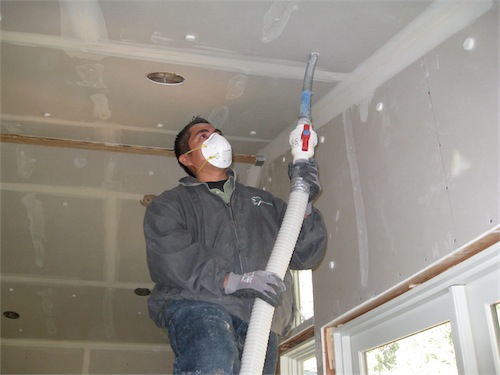

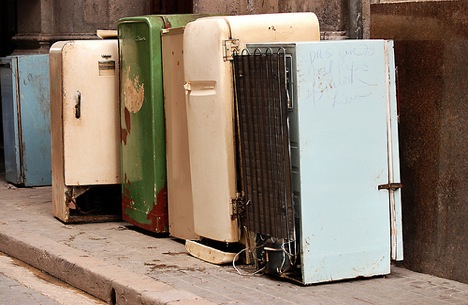
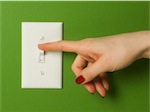
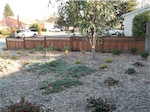
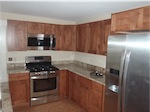
Is the bulb in my fridge going to amount to anything? I know it turns off when I close the door. I test this by opening the door faster than the speed of light.
The total energy savings is probably not much. Using some of Danny Parker’s research data, we can estimate that on average (not for people with superman speed like you :D), a refrigerator’s door is open about 14 minutes a day. That means a refrigerator with incandescent lights uses 3.8 kwh more electricity than one with LED lights.
However, the higher intensity of heat generated from incandescent lights during the time when the door is open (and shortly after closure) can cause some food to spoil faster.
Using Induction Lighting system can be a good prospect as the Induction Light generates more lumens output with lesser energy consumed. Typically, a 200W low frequency Induction Light can produce similar brightness compared to a 500W Metal Halide, achieving 60% savings. Induction Light operates at a temperature of 26°C as compared to Metal Halide of above 90°C. In an A/C environment, the use of Induction Light will reduce the cooling load to the air-conditioning system, thus reducing energy costs.
Reference: http://www.adattsi.com/technical-info/what-is-induction-lighting